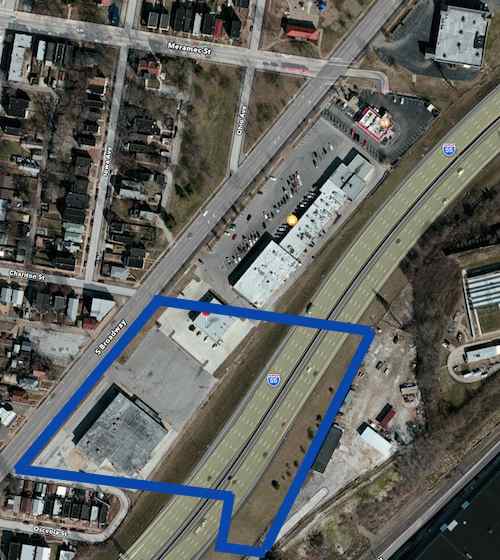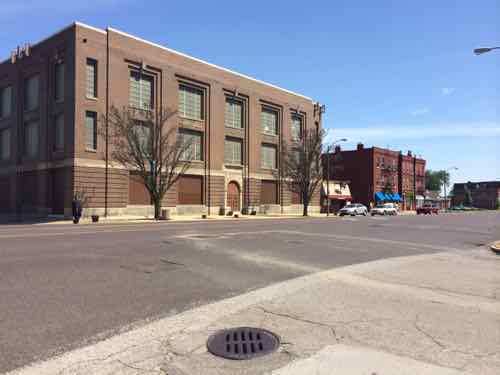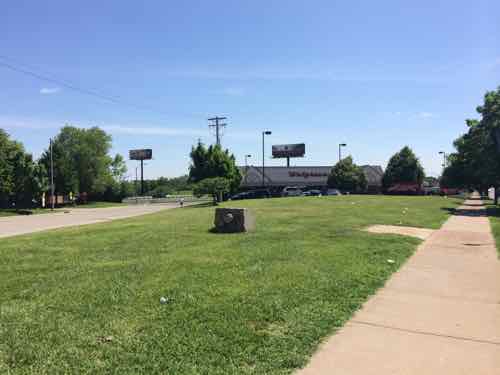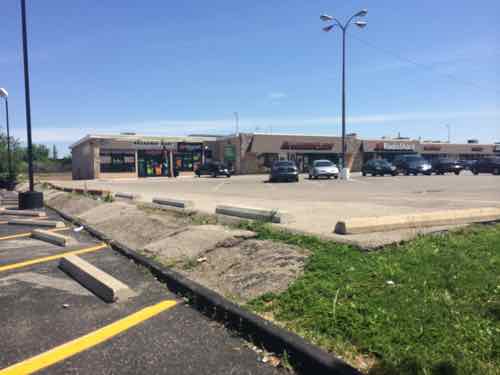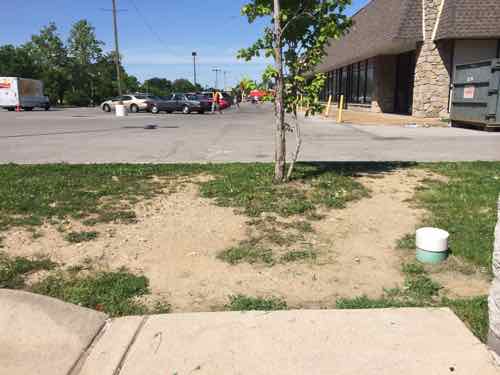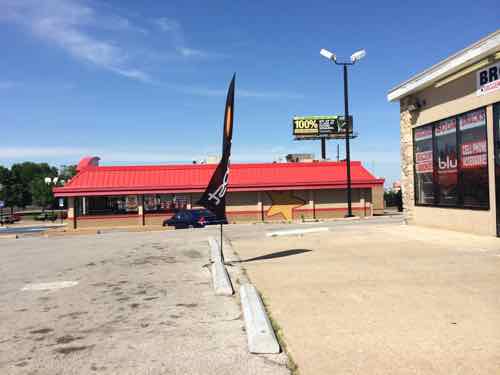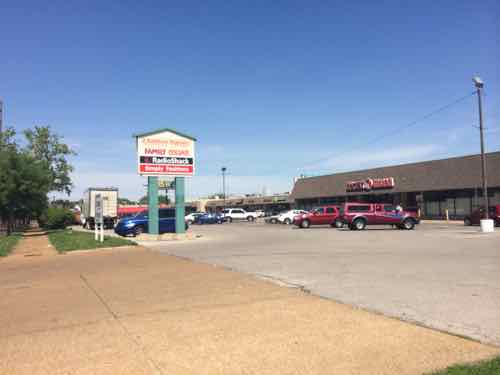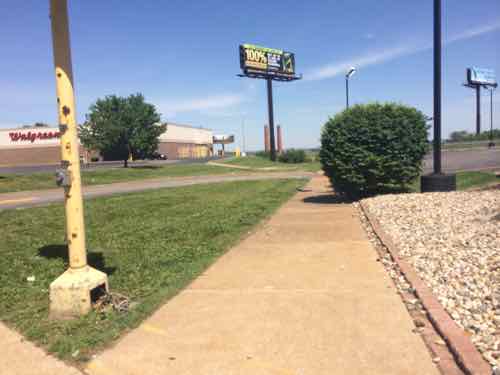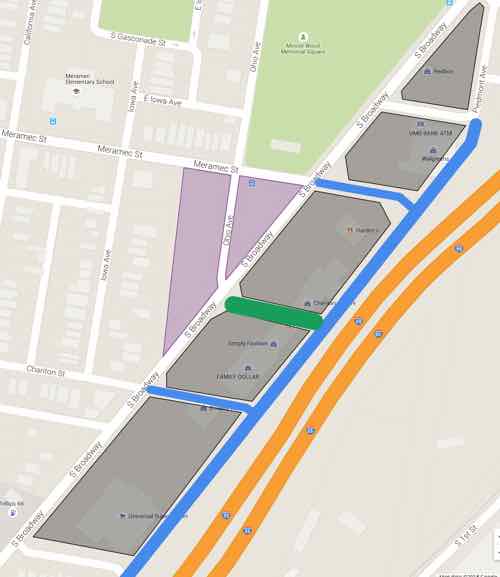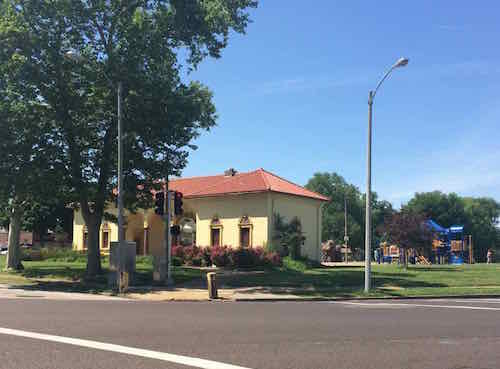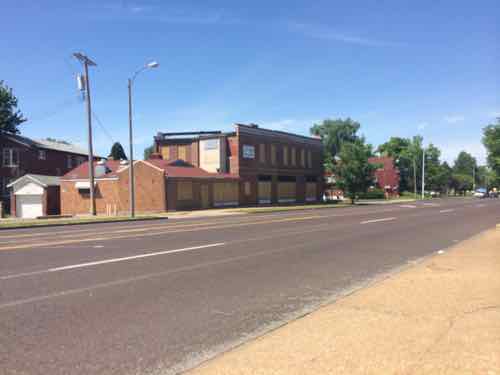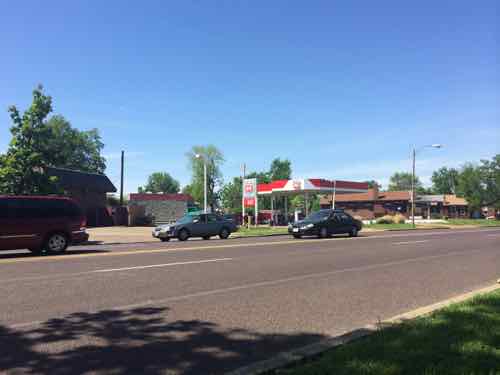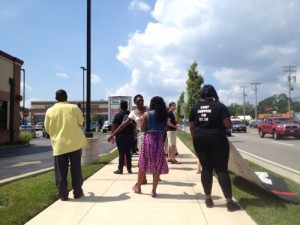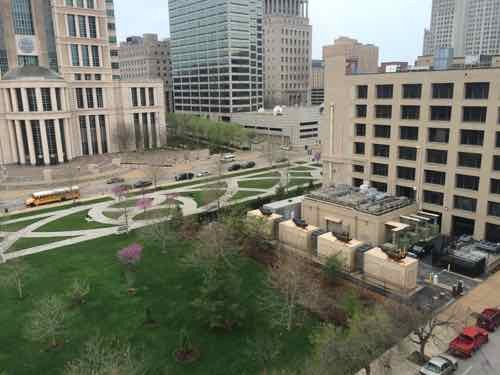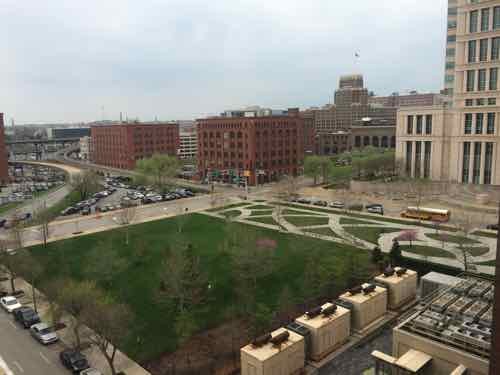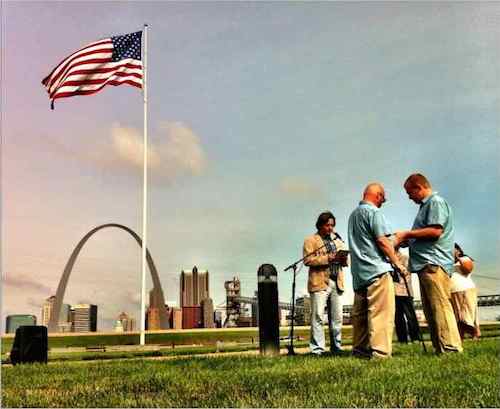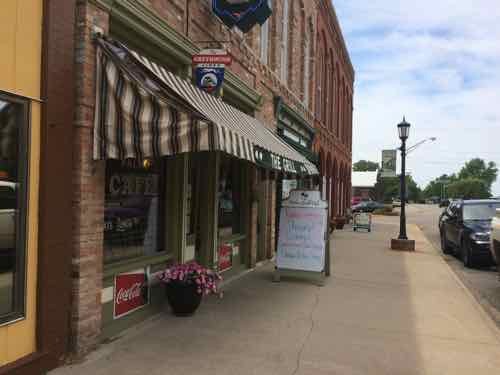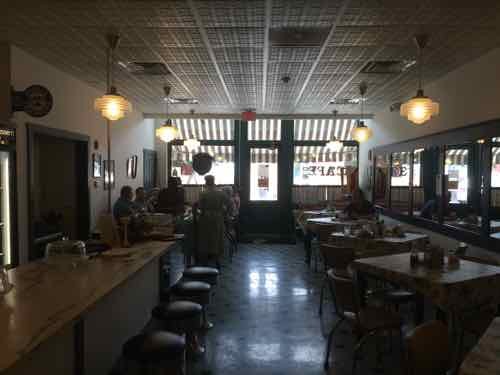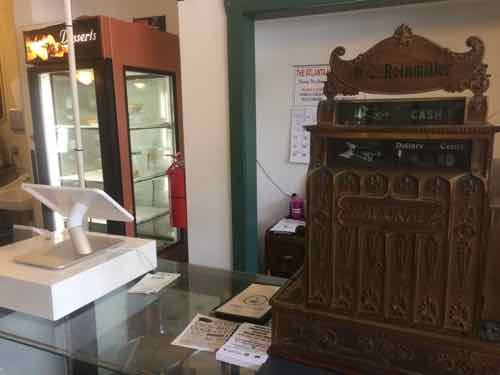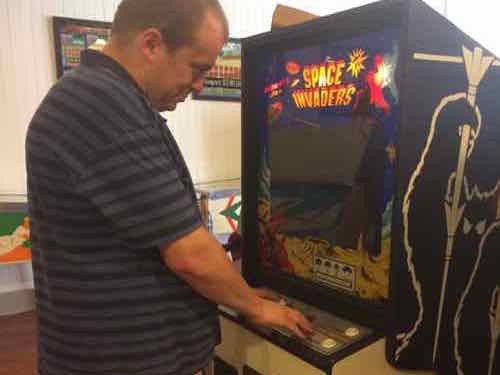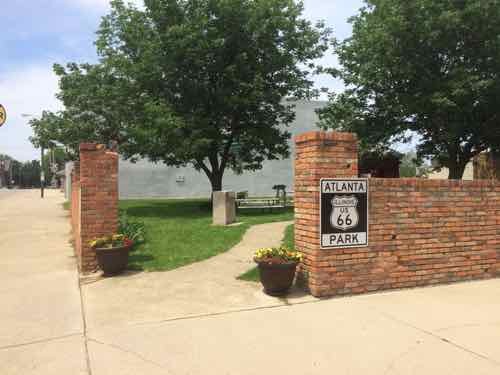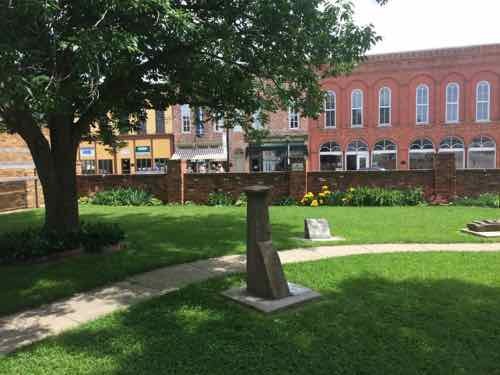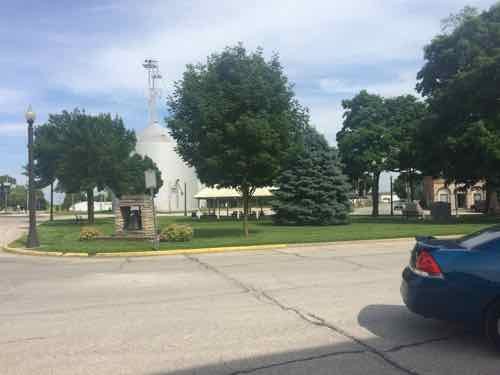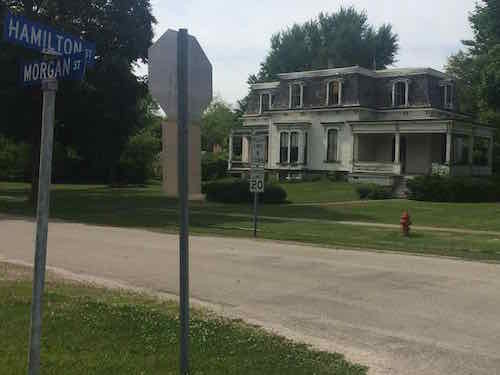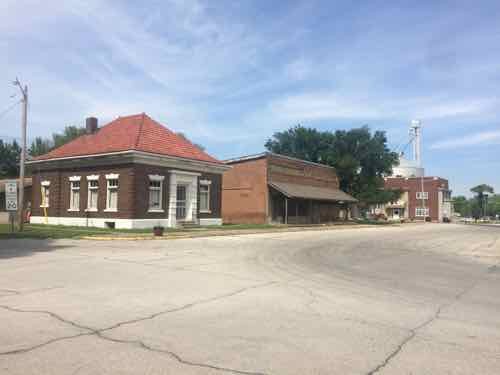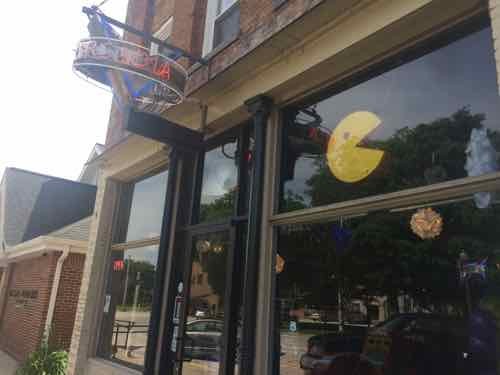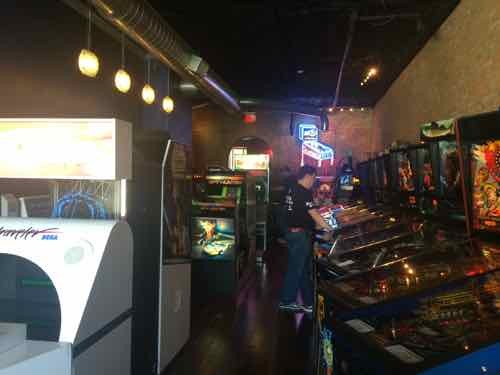June 12th: Loving Day
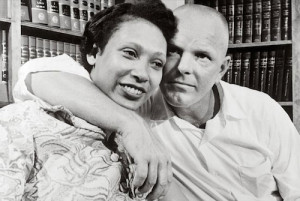
At the end of this month the U.S. Supreme Court will rule on two questions of marriage equality with respect to LGBT people. Forty-eight years ago they ruled on the divisive marriage question of the day: marriage between whites & non-whites, mostly blacks:
Few cases were more aptly named than Loving v. Virginia, which pitted an interracial couple – 17-year-old Mildred Jeter, who was black, and her childhood sweetheart, 23-year-old white construction worker, Richard Loving – against Virginia’s “miscegenation” laws banning marriage between blacks and whites. After marrying in Washington, D.C. and returning to their home state in 1958, the couple was charged with unlawful cohabitation and jailed. According to the judge in the case, Leon M. Bazile, “Almighty God created the races white, black, yellow, malay and red, and he placed them on separate continents…. The fact that he separated the races shows that he did not intend for the races to mix.” Judge Bazile sentenced the Lovings to a year in prison, to be suspended if the couple agreed to leave the state for the next 25 years.
The Lovings left Virginia and went to live with relatives in Washington, D.C. When they returned to visit family five years later, they were arrested for traveling together. Inspired by the civil rights movement, Mildred Loving wrote to Attorney General Robert F. Kennedy for help. The couple was referred to the ACLU, which represented them in the landmark Supreme Court case, Loving v. Virginia (1967). The Court ruled that state bans on interracial marriage were unconstitutional. (Loving v. Virginia: The Case Over Interracial Marriage)
The court ruling is celebrated annually:
Loving Day is an annual celebration held on June 12, the anniversary of the 1967 United States Supreme Court decision Loving v. Virginia which struck down all anti-miscegenation laws remaining in sixteen U.S. states citing “There can be no doubt that restricting the freedom to marry solely because of racial classifications violates the central meaning of the equal protection clause.” In the United States, anti-miscegenation laws were U.S. state laws banning interracial marriage, mainly forbidding marriage between non-whites and whites. Loving Day is not yet an official recognized holiday by the U.S. government, but there is a movement to persuade U.S. President Barack Obama to make it so. Loving Day is the biggest multiracial celebration in the United States. (Wikipedia)
Additional resources:
- Loving v. Virginia at Wikipedia
- Loving v. Virginia Still Relevant 40 Years Later | ACLU
- A Loving Reality for All | ACLU
If not for Loving v. Virgina, conservative Justice Clarence Thomas couldn’t live in or visit 17 states with his 2nd wife, but I expect him to vote again marriage equality later this month…he got his!
— Steve Patterson
